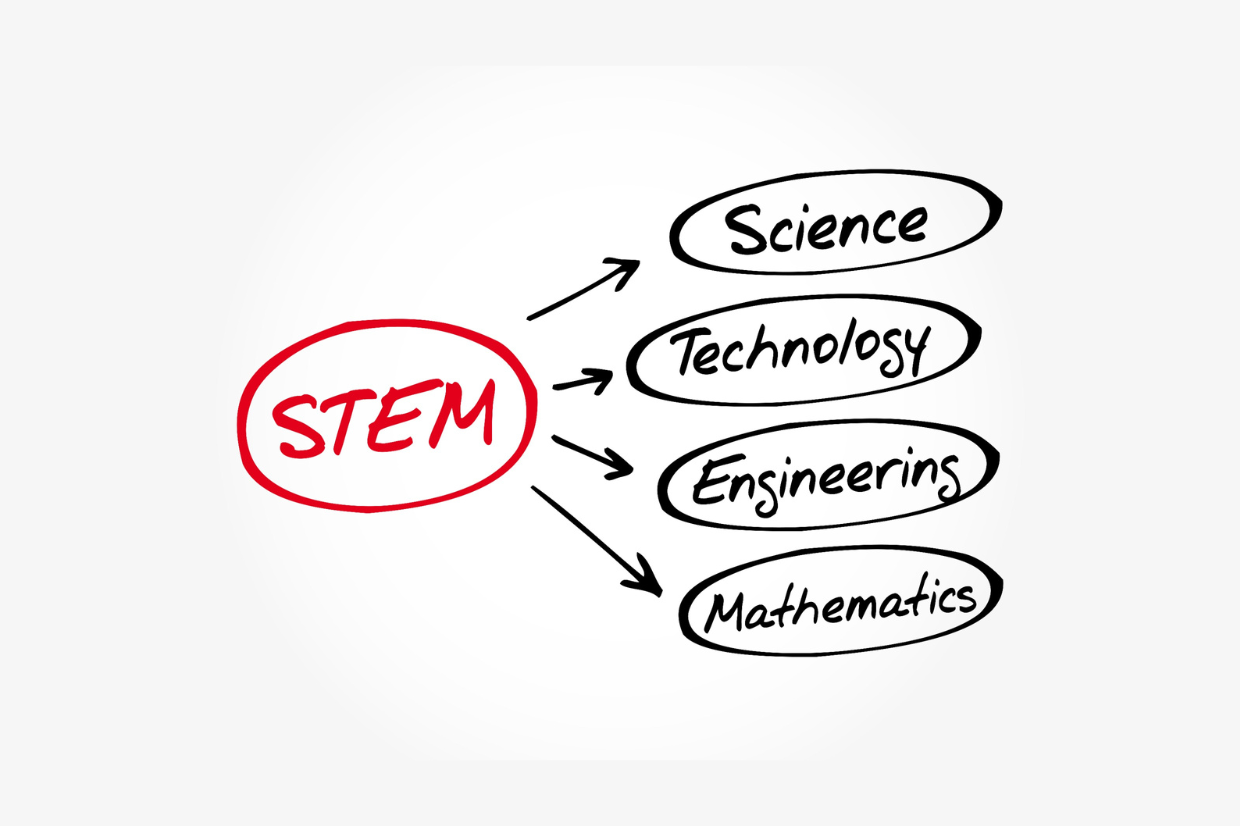06/11/2023 (Vietnam) - Vietnam's education system requires a comprehensive strategy and supportive policies to boost investment in STEM (Science, Technology, Engineering, and Mathematics) education, as experts emphasize. Despite the potential of STEM fields, the percentage of Vietnamese university students pursuing STEM-related disciplines lags behind other regions. The Ministry of Education and Training reports that only around 28.7% of university students in Vietnam are in STEM fields, significantly lower than countries like Singapore, Malaysia, South Korea, Finland, and Germany.
Moreover, postgraduate STEM education in Vietnam remains limited, with only about 2.2 students per ten thousand people, well below international averages. Inadequate government investment in science and technology, standing at approximately 3.7%, is seen as a significant challenge. To address these issues, there's a pressing need to mobilize resources and create a conducive environment for the development of Vietnamese scientists.
Universities in Vietnam are taking steps to enhance STEM education by revamping their programs. The University of Science and Technology, HCM City National University, is aligning its programs with international STEM standards, increasing practical experience, offering English-taught programs, and collaborating with foreign professors. Similarly, the Hanoi University of Science and Technology has introduced the Elite Technology Program (ELITECH) to produce high-quality graduates in engineering and technology fields.
Despite these efforts, some technical universities and essential sectors, such as construction and transportation, struggle to attract students. Lecturer incomes tied to student enrollment can lead to admitting underqualified students, resulting in a lack of quality graduates. This situation highlights the need for government intervention and regulations to build a sustainable foundation for developing high-quality human resources, particularly in the context of the 4.0 era.



